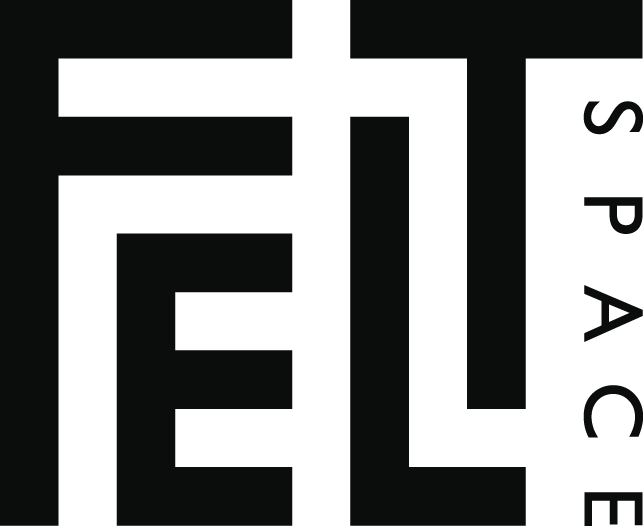TARNANTHI the first light, we come forth, we appear.
We are the seed sprouting
Yet for millennia
We’ve always been here
An excerpt of a poem written in response to the 2015 TARNANTHI exhibition…
Tarnanthi the first light…
2023
Illuminate UV
Colleen Raven Strangway’s photography
Illuminates in this series of portraits in UV
8 portraits…
An amalgamation of the oldest continuing living culture captured through modern technology of digital camera. Colleen works with the subjects to paint, pose, style and illuminate their inner and outward divinity. She shines an inner light on these stunning First Nations models using these combined technologies and experimental artforms. Skin coloured using UV paint and ancient symbols that translate and connect across millennia…
Collen champions for her mob through her unique perspective allowing us insights to the breadth and magnitude so often hidden or misrepresented in our media…
These portraits individually and collectively
In darkness… without electricity
Warriors illuminated… with power…
With a flick of the switch
And surge of electricity
The magnificence and power is revealed…
Highly stylized
Colleen captures them individually in their epic solid strength
Their …presence
Skin bared
Painted up
Stories, dust and motifs on bodies
Reveal tenderness…
Wisdom
Strength
Collen reveals a deep love for her people through these portraits
Chosen
Painted
Posed
Loved
Appreciated
Illuminated
Thru her lens
I feel the essence of so many warriors behind them
Within them
Before them
In front of them…
Around them
Around us…
Thru the tilt of a head
Strength of hands
Look of defiance
Of challenge
Of love…
A Pose…
The Poise
Holding their space
I breathe…
I exhale…
Captured…
In a moment
That Echoes
On wavelengths of light
Ultraviolet
A moment
A millenia…
All that is seen and unseen
Warrior spirit
Resilience
Brilliance
Luminescence
Essence
Country
Life
Love
Light
Illumination
Illumination of now
Or presence
The present
The future
The past
The beyond…
Of our presence
Our glow
The patterns
The song lines
Of seen
And unseen
These portraits
insights
UV and electricity
Unborn warriors
DNA
Divinity
poignancy
The knowledge holders and power
Immense souls of universe, country, constellations
Perspectives
captured and held to illuminate…
shine forth and beyond …
in skin…
Aunty
Chin up
Chest out
And breathe
Song lines of country
And stories and kinship on skin… illumination into the beyond
Close your eyes
Breath in deeply
Connecting to own song lines within and singing into the here and now…
Young warrior looks deep and beyond the lens into the soul… the strength of past warriors shine bright
Every portrait shares a different story painted on their body and collectively they are illuminated together thru energy and vibrations
When in darkness you are exposed to colours patterns stories only one set of eyes look out at us…
all is energy in darkness
And it’s how black fullas operate… there is this hidden beauty with in the darkness of colonial oppression
And when exposed in light…
The exceptional brilliance
Sparkling…
For all to see…
I sparkle
I feel seen
I feel shiny
Deep beyond
here and into the constellations
Into the night sky
Where we all came from
And where eventually
we all belong
Tarnanthi…
The first light…
We come forth
We appear…
To Learn More Click Here




